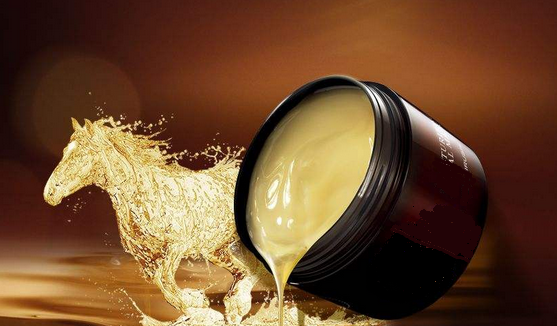The symptoms of yam erythema are caused by nematodes. Diseases during growth, affect tuber development, small tubers, light weight. The nematodes mainly infect underground tubers, initially forming reddish-brown near-circular to irregular-shaped, slightly concave spots on the tubers. The single lesions are small and the size is 2-4mm. On the diseased tubers, the lesions are dense and merge with each other. Large patches of dark brown, surface with fine tortoises, lesion depth of about 2-3mm, the deepest is more than 1cm, pathogenic tissue was brown dry rot.
Pathogen Pratylenchus dioscoreae sp. Nov. The short-line nematode Dioscorea zingiberensis is a new species of the genus Brachyspira and is a plant-parasitic nematode. There are two ring patterns on the head of the short worm of Dioscorea zingiberensis, and 6-8 lateral lines at the lateral bands. The female zygomas are large and round with a seminal vesicle. The average length of the body is 695.5 μm, and the average length of the oral needle is 18.3 μm. The tail is usually smooth. Therefore, it is different from other species existing in the genus. Yam broccoli and short staminal worm Pratylechus brachyurus, coffee short worm corpse. Coffeae is similar to P.obtusicaudatus. The difference between short and short worms is that they have long bodies and short bodies.
Transmission routes and pathogenic conditions Short-line worms of Dioscorea can survive in soil for more than 3 years. Seed pods (disease locust), sick-body, and sick-field soil are the main ways of disease transmission. Round beans do not transmit disease. The life history of short worms of Dioscorea nematophila is extremely irregular and can often be found in individual larvae. It is about 2 generations old and only infests yam. When new tubers begin to form in early June, the nematode can infect, and then the infection gradually increases. Until harvested. Tubers can suffer from more than 40cm from the top of the reed, with lesions ranging from 0 to 20cm.
Control methods (1) and wheat, corn, sweet potato, potato, cotton, tobacco, pepper, eggplant, tomato, mustard, radish, carrot, watermelon, Radix, aster, yellow flower, northern sea cucumber, atractylodes, leeks, purslane, etc. Crops that have not been infested are subject to rotation for more than three years. (2) In combination with 0.1% to 0.3% TMK soaked seed pods for 24 hours, the disease-prevention effect is 95% or more; in the case of cultivars with diseased pods and double pods, 15% TMK granules are applied per 667m' before sowing. 2kg, 75% control effect. (3) Disease-free species breeding in disease-free fields, or treatment of seed pods with TMK, combined with rotation and application of disease-free fertilizer and other comprehensive disease prevention measures.
Horse Oil: History and Production
Before gaining popularity as a beauty product, horse oil was used as a [folk medicine" in the days of ancient China. Believed to be a remedy for burns, insect bites, cuts, asthma, foot fungus, and even hair loss, the miracle oil was supposedly first brought to Japan over 1,000 years ago. Because its properties are similar to the oils naturally produced by human skin, it is easily absorbed by the skin and is safe for people all ages, including infants. Due to its effectiveness as a moisturizing agent and anti-irritant, horse oil became especially popular in Hokkaido, as it protects the skin from the region`s harsh climate and cold, dry air. The vast expanse of land in the region made it easy to farm horses for the oil.
The product is made by extracting the oils from horse fat. Horses are regularly farmed and raised for their meat in Japan, which is served in the form of basashi (raw horse), so the animals are not slaughtered solely for the purpose of a skincare product. Rather, they are farmed for food, and their oil is a byproduct of this process.

Equine Beauty Products,Pure Horse Oil,Horse Oil Women Beauty,Fungasol Ointment
Jiangxi Institute of Biological Products Inc. , https://www.jxinstitute.com